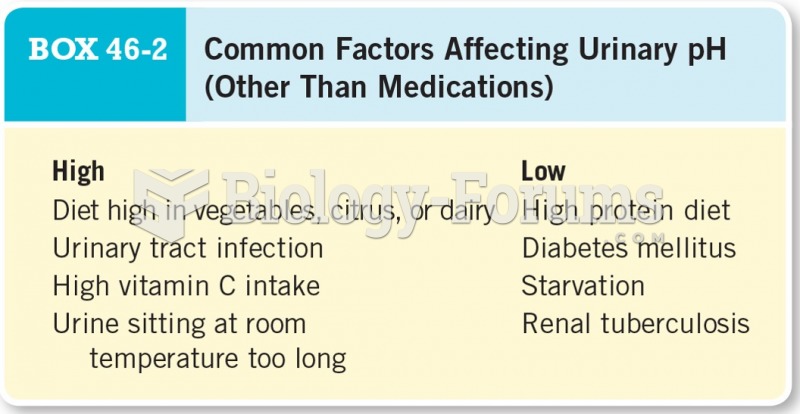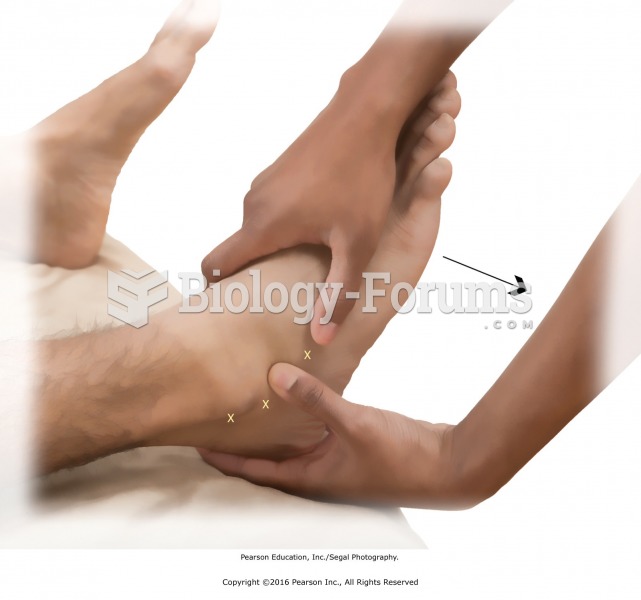The best-known decision affecting prejudicial press coverage of criminal cases is Sheppard v. Maxwell. In 1954, Dr. Samuel Sheppard of Cleveland was sentenced to life imprisonment for murdering his wife. His conviction followed reams of newspaper stories, many of which proclaimed his guilt before the jury had decided the case. The jurors, who went home each evening, were told by the judge not to read newspapers or pay attention to broadcast reports, but no one monitored what the jurors did. Twelve years later, lawyer F. Lee Bailey took Sheppard's trial to the U.S. Supreme Court, where a conviction was overturned on the premise that Sheppard had been a victim of a biased jury. In writing the decision, Justice Tom C. Clark prescribed several remedies. He said that reporters should have been limited to certain areas in the courtroom, that the news media should not have been allowed to interview the witnesses, and that the court should have forbidden statements outside of the courtroom. The outcome of the Sheppard case led to many courtroom experiments with restrictions on the press. The most widespread practices were restraining (gag) orders and closed proceedings. With a gag order, the judge limited what the press could report. But since 1980, several court cases have overturned most of these limitations so that today the press is rarely excluded from courtroom proceedings, and the exclusion lasts only as long as it takes the news organization to appeal to a higher court for access. Cameras in the courtroom is a sticky issue between judges, who want to avoid the disruption that cameras present, and broadcast newspeople, who want to photograph what is going on. In selected cases, however, cameras have been allowed to record complete trials. In 1994, for example, Court TV broadcast the entire trial of O.J. Simpson. Cameras in the courtroom is a state-by-state decision. Some states allow cameras during civil but not criminal trials. Other states try to completely limit access. The U.S. courts and the press are not yet completely comfortable partners. The author implies that
a. cameras should never be allowed in a courtroom.
b. judges and news people fight over media access to trials.
c. filming trials rarely influences their outcomes.
d. U. S. courts are usually in agreement with the wishes of the media.
Question 2
The best-known decision affecting prejudicial press coverage of criminal cases is Sheppard v. Maxwell. In 1954, Dr. Samuel Sheppard of Cleveland was sentenced to life imprisonment for murdering his wife. His conviction followed reams of newspaper stories, many of which proclaimed his guilt before the jury had decided the case. The jurors, who went home each evening, were told by the judge not to read newspapers or pay attention to broadcast reports, but no one monitored what the jurors did. Twelve years later, lawyer F. Lee Bailey took Sheppard's trial to the U.S. Supreme Court, where a conviction was overturned on the premise that Sheppard had been a victim of a biased jury. In writing the decision, Justice Tom C. Clark prescribed several remedies. He said that reporters should have been limited to certain areas in the courtroom, that the news media should not have been allowed to interview the witnesses, and that the court should have forbidden statements outside of the courtroom. The outcome of the Sheppard case led to many courtroom experiments with restrictions on the press. The most widespread practices were restraining (gag) orders and closed proceedings. With a gag order, the judge limited what the press could report. But since 1980, several court cases have overturned most of these limitations so that today the press is rarely excluded from courtroom proceedings, and the exclusion lasts only as long as it takes the news organization to appeal to a higher court for access. Cameras in the courtroom is a sticky issue between judges, who want to avoid the disruption that cameras present, and broadcast newspeople, who want to photograph what is going on. In selected cases, however, cameras have been allowed to record complete trials. In 1994, for example, Court TV broadcast the entire trial of O.J. Simpson. Cameras in the courtroom is a state-by-state decision. Some states allow cameras during civil but not criminal trials. Other states try to completely limit access. The U.S. courts and the press are not yet completely comfortable partners. According to the passage, why were the jurors in the Sheppard case thought to be biased?
a. The jurors were all familiar with the murder victim.
b. The jurors ignored the judge's caution against reading news reports.
c. The judge indicated his belief in the guilt of the defendant.
d. Sheppard was not a likeable personality.







